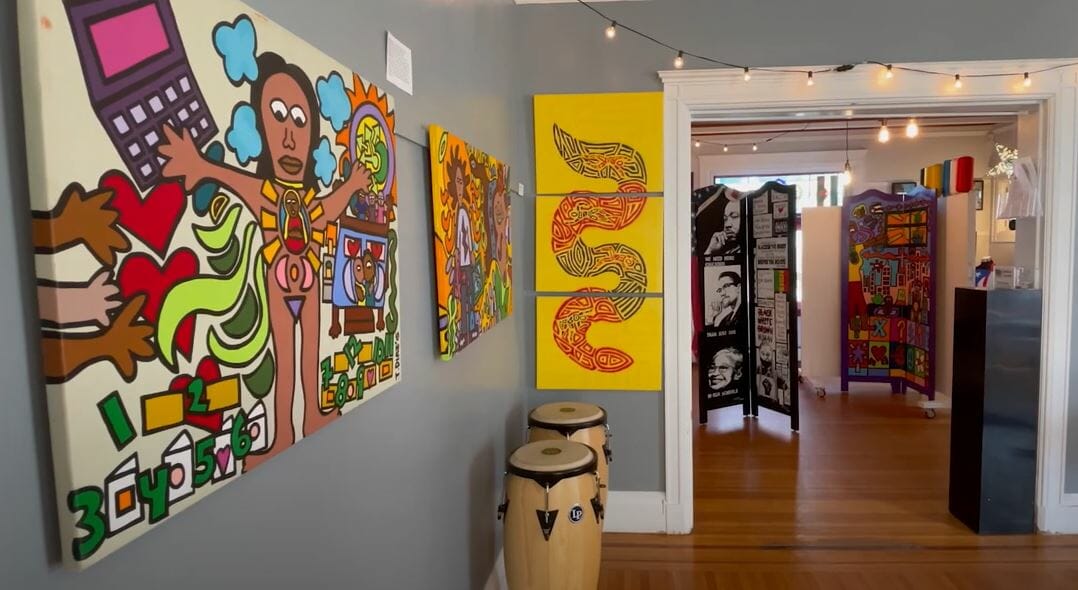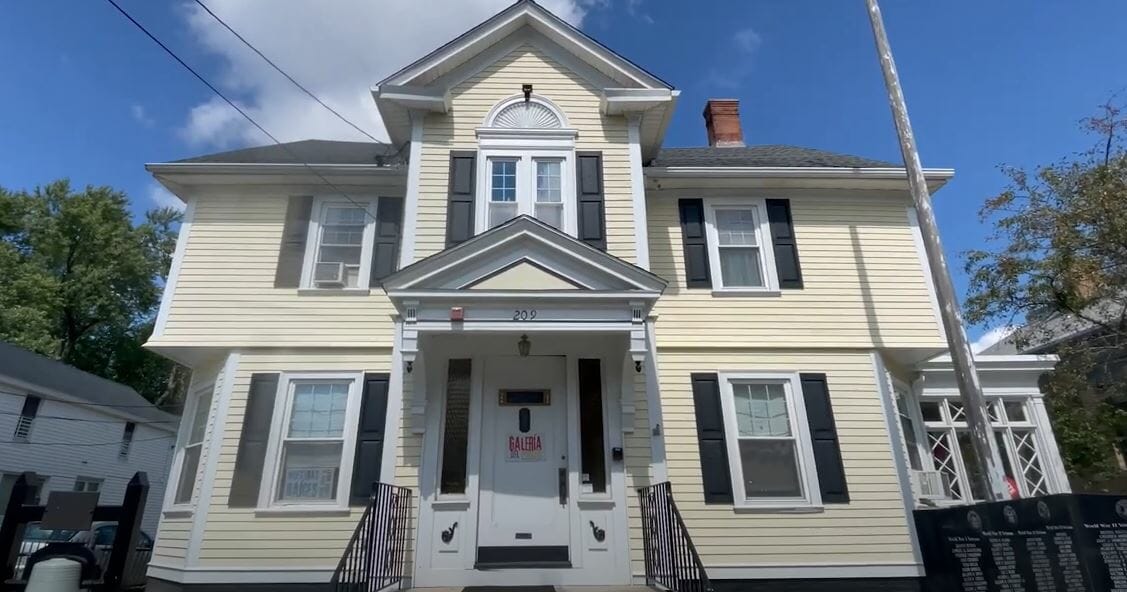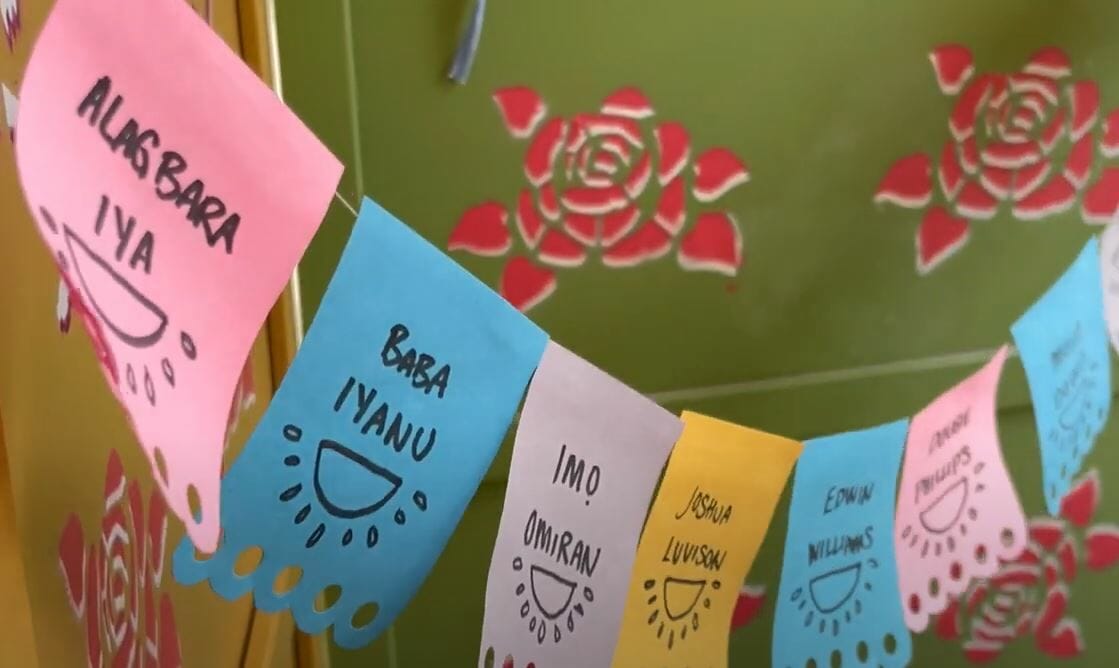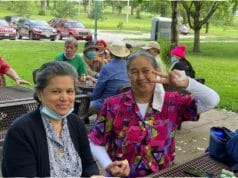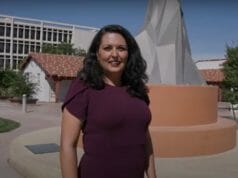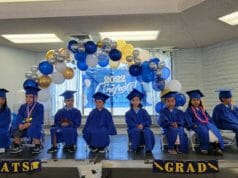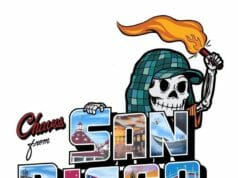Rhode Island Latino Arts is a nonprofit organization that has been celebrating Latino history, culture, art and diversity since 1988, when founder Marta V. Martinez had an interest in connecting with other Latinos in the area.
RI Latino Arts started the first celebration of National Hispanic Heritage Month in the state. Located in the city of Central Falls of Providence County, the organization inspires the community with art in every shape and form.
Watch the video above for a tour of their beautiful gallery, or read the interview transcription we’ve provided below (lightly edited for clarity).
RI Latino Arts
Marta V. Martinez, Rhode Island Latino Arts (00:01) – My name is Marta Martinez, I’m the Executive Director of Rhode Island Latino Arts. Rhode Island Latino Arts is a nonprofit organization. And we celebrate the Latino history, heritage, cultures and art.
(00:17) – I started this organization in 1988, and it was during the time when I moved here to be a student. And I was looking for the Latino community. I wanted to celebrate some of my personal cultural celebrations.
(00:33) – I come from a Mexican heritage. And so I was basically looking for a good taco in Rhode Island. And I couldn’t find one. But I discovered there was a presence of Latinos in Rhode Island. And I wanted to know who they were. The main thing that motivated me, and that motivates most people, whether you’re Latino or not, is you always look for the food that you’re familiar with.
(00:55) – So I walked down a neighborhood called Broad Street, South Providence, and I discovered there was wonderful Latin American food. But it was mostly from the Caribbean. It was Dominican, and there were Puerto Ricans living there. And I wanted to find out who else was here. And I wondered if there were other Mexicans.
Celebrating Diversity
MM (01:13) – I started to talk to people and get stories. But it was also the realization that the Latino community here in Rhode Island was made up of every single country in South America and the Caribbean. And I wanted us to celebrate that together as a group, but also individually.
(01:35) – And most importantly, that part is to show people that we aren’t just one, but that we are a diverse group of Dominicans and Puerto Ricans and Guatemalans. And we’re, we’re similar, but we’re very different. Rhode Island Latino Arts celebrates the diverse cultures, we celebrate together as Latinos. But we also celebrate and teach that diversity of who we are.
(02:02) – So I came from Washington DC. And during that time, there was a celebration called Hispanic Heritage Week. And when I came here, there was no such thing as Hispanic Heritage Week. Nobody had even heard about it. So I decided, well, maybe I’ll start it, and it turned into a month long celebration. And then it turned into a life, what I feel like… it’s become a lifelong celebration. We opened the Galería del Pueblo. That’s where we are. That’s what this is called. It’s called the “Gallery of the People.”
MM (02:33) – It quickly became very popular when we opened it. Artists came and brought their artwork. And we had changing exhibits. Every six months, I would feature different artists of a different style, and we had performances in here. I think this has become more of the signature event, the center of what Rhode Island Latino Arts does. It’s inspired art in every shape and form.
(02:56) – What first started as a volunteer effort on my part, more of something that came out of my heart, from mi corazon, that I wanted to connect with the Latino community and have them connect with each other. It symbolizes a home, finally, because the artists to me are the life force of the organization wouldn’t exist without them.
Creating Art During COVID
MM (03:18) – When COVID hit, they were at home, not doing art. They weren’t creating. This world cannot survive without art. And we can’t let that flame go out during COVID. Because we all were going through dark times and they were too. COVID had no right to make that flame disappear. I gave them the opportunity to create and so luckily, I didn’t expect them to leave their art behind. But they all felt that it belonged to us. They created the art and they left it behind for us.
(03:51) – I want people in 50 years to look back and say I contributed to that. The history that I’m documenting, whether it’s through the photographs that I collect and scan, and the stories that I’ve recorded and the transcripts are going to be filed away in an archive. I want people to look back who are young now to look back and say, “I was part of that history,” and to be very proud of it.
For more information, visit rilatinoarts.org.
Related Articles:
La Selecta, Hampton Roads’ Full-Time Hispanic Radio Station
Border X Brewing – Keeping Up With the Craft in California
San Ysidro Health Dedicated to the Traditionally Underserved
Zarco Guerrero, a Man of Many Faces in Mesa, AZ
Barrio Dogg Serving Up Culture to San Diego Community
Johnson & Johnson Scientist Michael Rodriguez’s Road to Success
San Diego’s Chicano Federation Creates Empowering Opportunities for All


